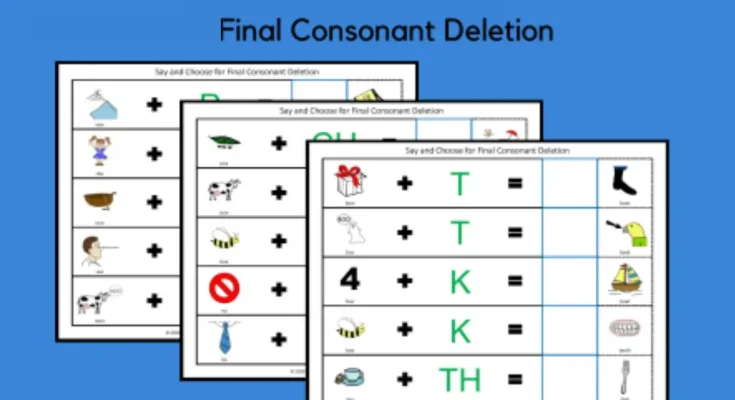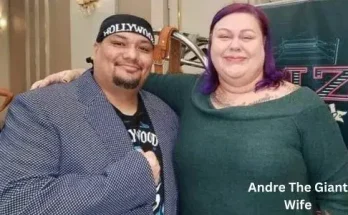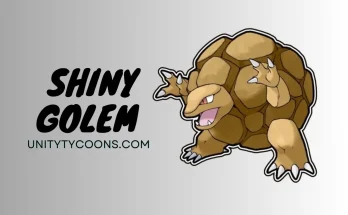Hello, speech experts! Kids sometimes miss sounds at the end of words. This is called final consonant deletion. It can make words hard to understand. We have fun games to help with this problem. You will practice ending sounds in sessions. Step by step, kids can get better at saying words clearly. Our goal is to help kids speak in a way that’s easy to understand. You will use games and activities that are interesting. Get ready to learn new ways to work on this! Together, You can improve final consonant deletion.
What is Final Consonant Deletion?
Speech sound disorders are common issues. One type is consonant deletion. In this problem, the ending consonant sound is left out of words. For example, saying “kay” instead of cake Speech experts call this a phonological process. It involves patterns of omission when speaking. Leaving out final consonants can make speech hard to understand. This impacts communication abilities.
Speech-language professionals can diagnose and treat such disorders. They are trained to help with these phonological errors. Final Consonant Deletion affects syllable structure. This shows the complex nature of speech and language.
Phonological processes include many changes. Fronting and stopping are types of changes that change speech sounds. Learning about these changes can help make speech easier to understand. Therapists can use this to make speech better and clearer.
When Should Final Consonant Deletion Be Eliminated?
Knowing when to work on final consonant deletion in speech therapy is important. Speech-language therapists consider things like the child’s age, development, and progress. They work with parents to set goals. They use methods that have been proven to help with speech production and communication skills. Therapists look at each child’s needs. They take a complete approach. This helps them decide the best time to eliminate final consonant deletion. It helps children with speech sound disorders communicate more clearly and effectively.
How To Treat a Phonological Disorder?
Speech helpers use different ways to help kids with speech problems. One way is the Cycles Approach. Barbara Hodson created this approach. You can learn more about this approach by taking a special class. Another way is the Complexity Approach. This focuses on hard sounds or groups of sounds. Learning about this approach can help you become a better speech helper. Using minimal pairs is also helpful. Minimal pairs are words that sound almost the same, like “bye” and “bike.” Practicing these words can help kids hear the difference between sounds. You can find activities using minimal pairs to use in your sessions. To learn more about how to help kids with speech problems, you can read articles from trusted sources like The Informed SLP.
CAS versus a Phonological Disorder
Childhood Apraxia of Speech is a speech disorder. It makes it hard for kids to plan and coordinate mouth movements for speaking. Kids with CAS have trouble saying words correctly.
A phonological disorder means the child has trouble following speech sound rules. They might leave out sounds or switch sounds around.
Sometimes, a child can have both disorders at once. The child might make mistakes with sounds and movements. The speech therapist decides which one is the bigger problem.
Speech therapists are experts at recognizing CAS and phonological disorders. They can tell which disorder is impacting the child’s speech the most. This helps with treatment.
How To Incorporate Phonological Awareness Activities?
Kids with a speaking disorder may need help with phonological awareness.
Here are some examples of phonological awareness activities:
Rhyming recognition: The therapist could use words ending with the same sound, and ask Do ‘bite’ and ‘might’ rhyme?
Rhyming words: A child might be asked to say a word that rhymes with ‘hop’.”
Sound blending: The therapist says /k/…
/ae/…
/p/, and the child blends the sounds to say cape.
Sound segmenting: Given a cape, the child breaks it into individual sounds: “/k/…
/ae/…
/p/.”
Sound removal: The therapist might say, If we remove the ‘/k/’ sound from ‘cat,’ what new word do we get?”
Final Consonant Deletion Minimal Pairs
When words sound different, it can be hard for kids to hear the right sound. But using word pairs that are alike can help. The words only change a tiny bit. For example, cat and cap are a word pair. Kids need to listen closely for the last sound. SLPs in schools can use these word pairs with pictures to practice correct sounds.
P Minimal Pairs
- ma vs mop
- row vs rope
- bee vs beep
- key vs keep
T Minimal Pairs
- E vs eat
- me vs meet
- bye vs bite
- ha! vs hot
K Minimal Pairs
- bye vs bike
- hi vs hike
- may vs make
- K vs cake
N Minimal Pairs
- tea vs teen
- bee vs bean
- bow vs bone
- moo vs moon
M Minimal Pairs
- boo vs boom
- neigh vs name
- tea vs team
- tie vs time
Easy Activities
Want to have some fun? Let’s play games and sing songs! This will help you say word endings right. We will use picture cards for words with ending sounds and words without them. Like, see pictures of “cake” and “cat”. Tell me which word has an ending sound. You can also match objects with word cards. Pay attention to the ending sounds! Rhyming games are great too. They help you learn ending sounds in a fun way. These games and songs make learning easy and exciting. You will soon start saying words with ending sounds
Minimal Pair Worksheets
School speech experts have an easy option with these fun word pairs! The bundle has many sound patterns. It includes pairs with missing end sounds.
Each page has a clear layout. It makes speech sessions simple and smooth.
First, read the list of words out loud to your student. Then, the student points to the words they hear – or don’t hear – when you say them.
After that, your student practices saying each word pair on the page. It’s an easy and fun way to work on speech sounds!
Your student can keep practicing each small pair shown on the page.
This fun thing works great with play dough or a magnetic stick and chips. Print out the page {you want and cover it for use repeatedly.
The last sound pairs in this set are p, t, k, n, and m without the last sound.
Minimal Pair Smash Mats and Activities
Are you looking for a fun way to help your students with speech therapy? you have some exciting activities that involve magic and mythical creatures! These minimal pair worksheets and games focus on phonological processes, like consonant deletion.
Each page is decorated with unicorns, dragons, frogs, wizards, and more. This makes the activities engaging and enjoyable for your students. They can practice by smashing play dough, spinning spinners, and using magnetic wands and chips. All you need to do is choose the target sound or page.
These speech therapy activities are also available as part of a bundle pack. This bundle offers great value for money and convenience.
Articulation Speech Sound Mouth Cards
Special cards show mouth shapes. They help kids who find it hard to say sounds correctly.
First, the speech teacher picks a sound to work on. That sound is the goal.
Then, the teacher uses fun games with the cards. The games make practice enjoyable.
The student tries saying words with that sound. If needed, the teacher flips to the mouth picture. This gives a visual clue.
The cards cover many sounds. Some are k, g, f, v, sh, ch, s, z, th (no voice), and more. Using them makes speech practice simple.
These cards can be used again and again once made. They can also be used as decor in speech rooms!
First, print the cards. Next, laminate them. After that, cut them out. Lastly, punch holes in the cards. Then, join them together using a binder ring.
.




